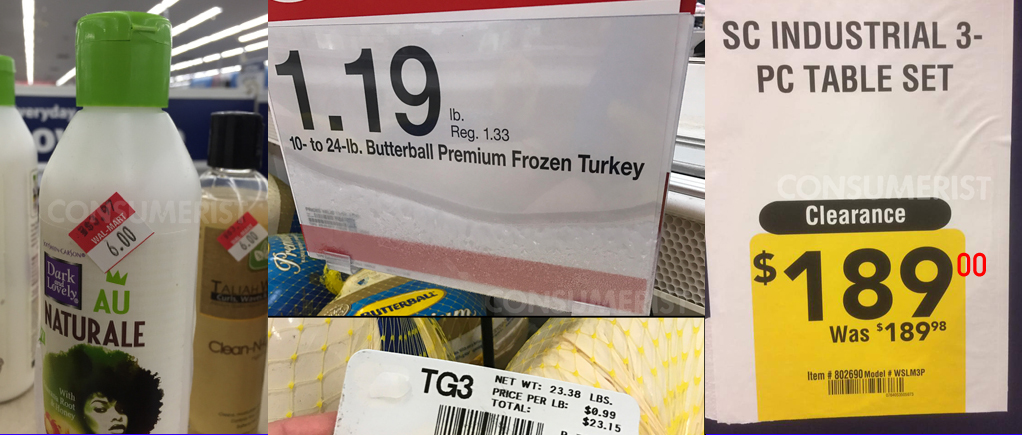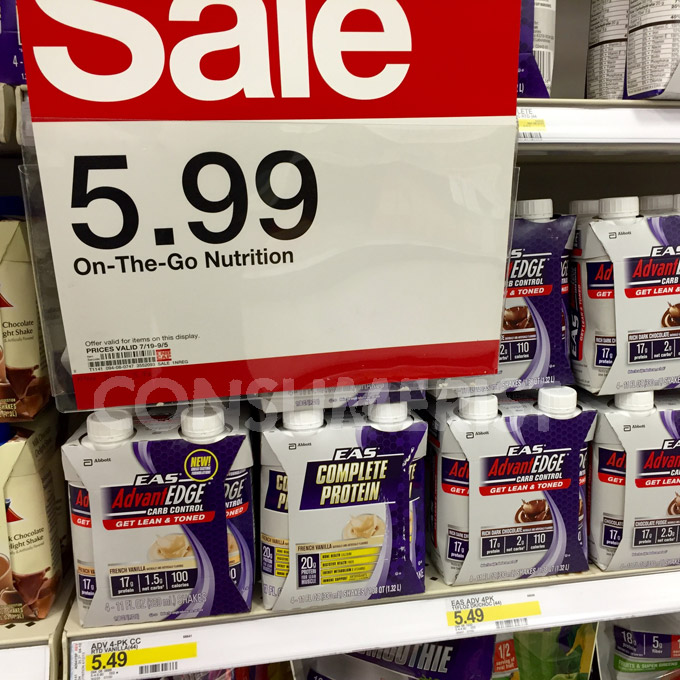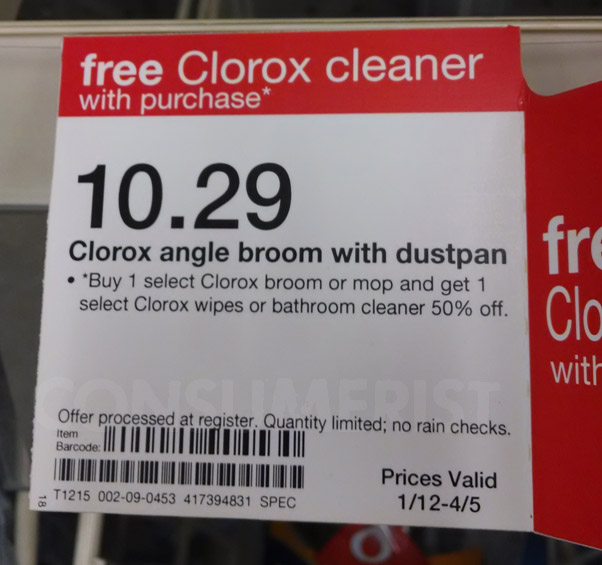The discount chain Target is very good at many things, which include designer partnerships and building tiny stores. It’s very bad at some other things, which include selling groceries and putting prices on products that make any sense. “Target Math” is the name we give to these bizarre bulk markups, “sale” items that aren’t actually discounted, and pricing discrepancies within the same store — but this dubious art isn’t just practiced in the halls of Target. [More]
sale fail

Target And CVS Still Not Really Sure How Sales Work
When retail pricing defies common sense, that’s what we call Target Math. Sometimes it’s putting an item on sale for more than the original price, and sometimes it’s making items cost more per unit to buy in bulk than to buy just a few. They aren’t exclusive to Target, but for some reason these errors happen very often there. Here are some examples, which aren’t all from Target. Most of them are, though. [More]
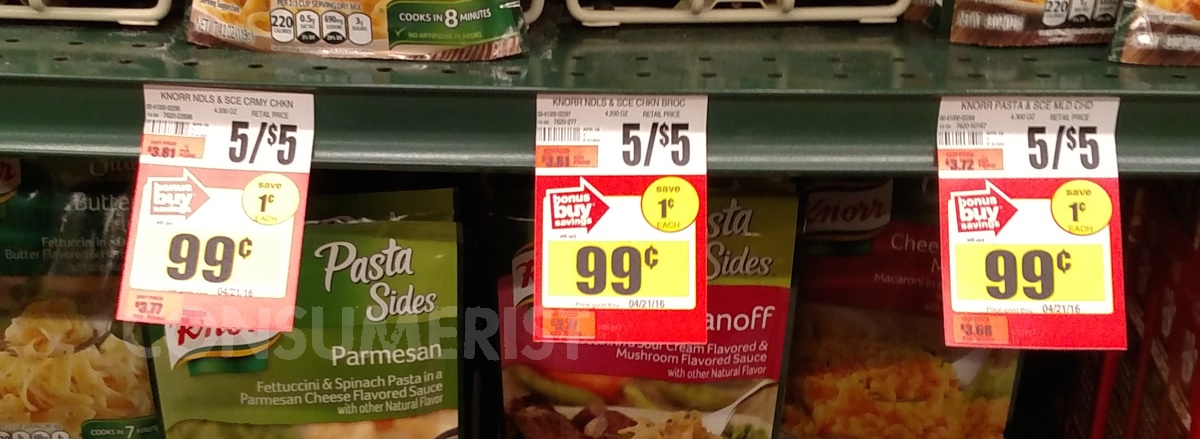
Everyone Rush To Giant Before This Amazing Pasta Sale Is Over
Pre-packaged pasta sides are a cheap and easy addition to your meal, and they’re even more affordable if you wait for a good sale. When we say a “good” sale, though, that doesn’t mean a sale like this one at the supermarket Giant. [More]

Meat’s On Sale At Target: Raise Prices By 30 Cents
Target CEO Brian Cornell came from the food business, having worked for companies like Safeway, Sam’s Club, and PepsiCo before joining the big-box discounter in 2014. Since then, he’s been working to make groceries at Target better, experimenting with delivery and more fresh and minimally processed food instead of cans and snacks. For example, there’s this nice selection of ground beef that Michael wanted to buy, which is even on sale this week. No… wait a minute, that’s not right. [More]
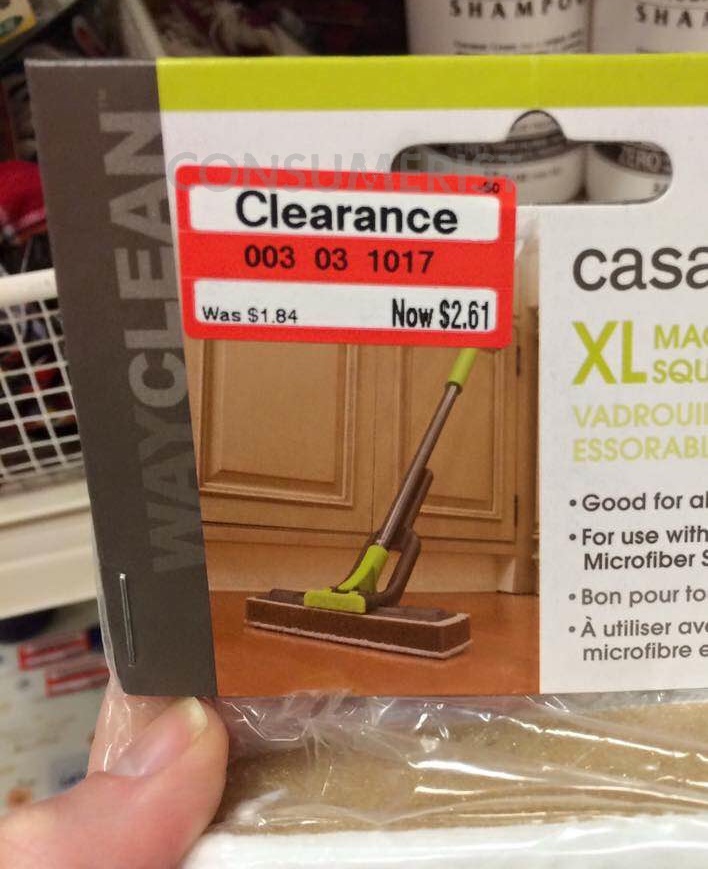
Target Still Not Clear On How Clearance Works
What does “clearance” mean? Usually, it means that a retailer needs to get items off the shelves, and they’ve lowered the price by a little bit or by a lot. Usually, though, the plan is to lower the price so people are more likely to walk out of the store with that item. Unless you’re at Target, apparently. [More]
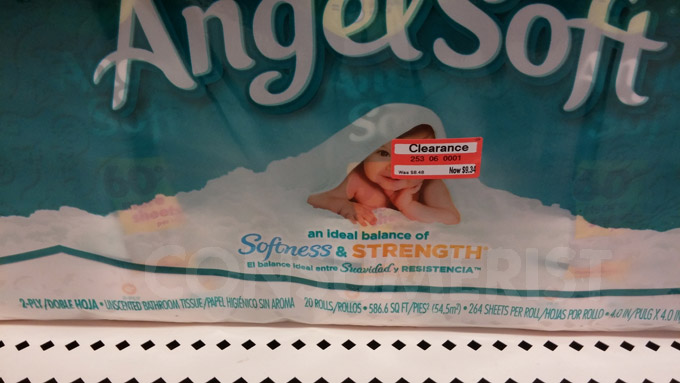
Toilet Paper Clearance At Target Means You Pay 86¢ More
Justin was shopping at his local Target store when he spotted a big pack of toilet paper marked “Clearance.” Hey, great! It’s always really useful when you can find a markdown, even one of 15% like an initial Target clearance markdown, on an important household staple. Then he looked closer. [More]
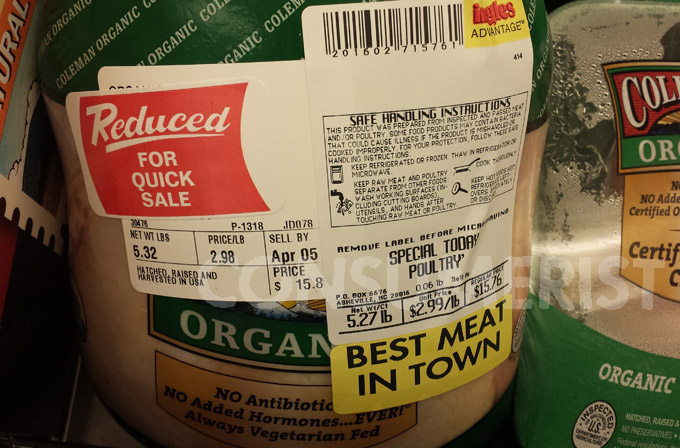
Grocery Store Marks Up Chicken, Not Sure How ‘Clearance’ Works
Here is how it works when something has been on the shelf for a while and you want to get rid of it. You lower the price slightly to entice someone to buy it, and…um, that should be about it. Unless you are grocer Ingles. Then putting something on clearance means raising the price per pound but decreasing the weight, decreasing the price slightly but not making anyone want to buy the chicken. [More]

Sears Holds Appliance Sale, Redefines The Word ‘All’
In recent weeks, Sears has had some really great appliance sales, trying to drum up some business. That’s great news for Sears and for anyone who needs a new dishwasher, but confusing news for consumers who took last week’s ad literally. It offered an additional 15% off “all appliances” for customers who used their Sears credit cards, which some customers naively thought meant all appliances. [More]
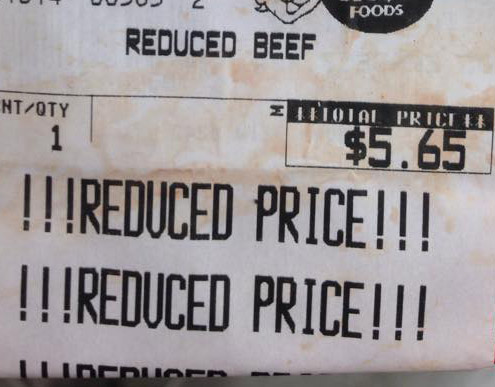
Reduced-Price Meat Means You Pay 4 Cents Extra
When perishable items are close to their sell-by dates, retailers mark them down to get them off the shelves faster. When this happens, everyone wins: customers get cheaper meat, and the store still makes money from the product. That’s how this is supposed to work in theory, at least. [More]
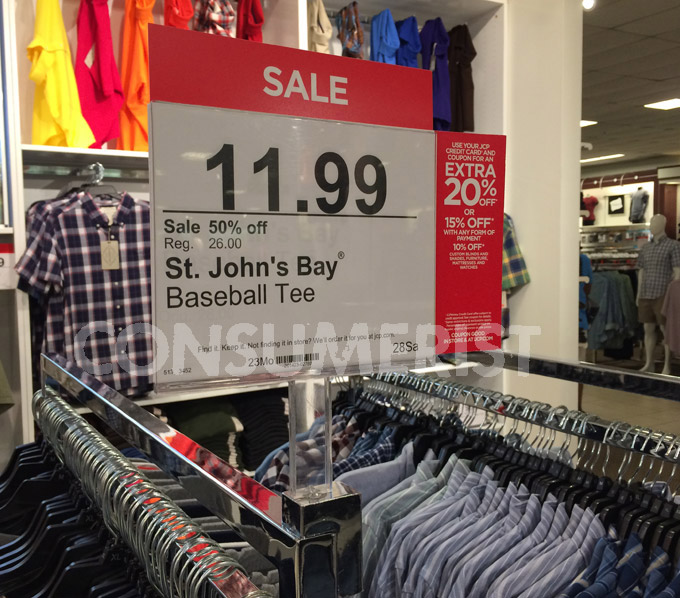
JCPenney Learns How To Run Sales Again, Not Sure How Much 50% Off Is
Regular readers of our site are familiar with Target Math: that’s when a retailer sells an item in bulk, but it somehow ends up costing more to buy a larger quantity than a smaller one. Maybe it’s time to invent a new type of math: JCPenney math, where items on sale are even more on sale than they appear. [More]

How Much Does Soda Cost At Target? Target Has No Idea
How much does a 12-pack of fizzy high-fructose corn water cost at Target? We would like to say that this is not a trick question, except for how it’s a trick question. Rather than “Target math,” where it costs more to buy a larger quantity of the same item, this soda display uses Target’s sale logic. The same item has multiple prices simultaneously. [More]

Markdown At Lands’ End Means You Pay $20 More
Reader Beth was browsing the markdown rack at Lands’ End, in the space that the retailer now leases from Sears, when she noticed something strange. A sweater she wanted was on markdown, but somehow the price was going up. How did that work? [More]
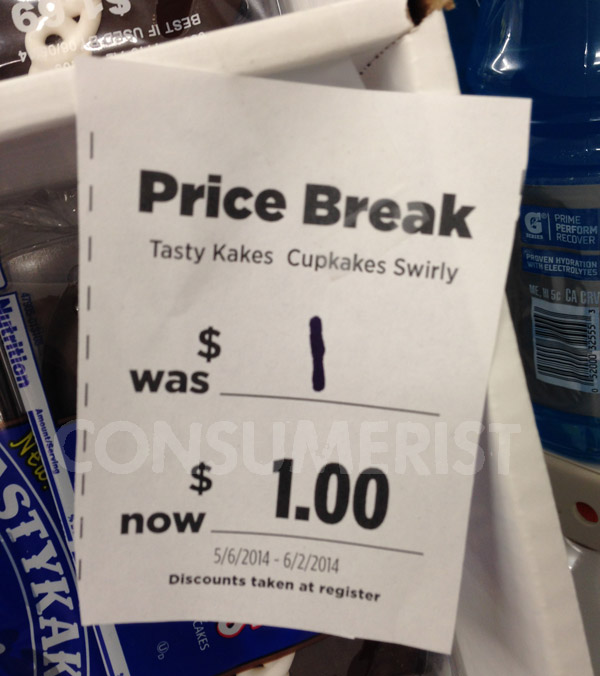
Adding Decimal Places Does Not Mean These Tastykakes Are On Sale
When you add decimal points to a price, does that make it a different number? That is to say, is $1 different than $1.00? It’s more accurate, sure, but it’s not a discount. Unless you’re shopping at Dollar General with reader John. [More]

Is This Target Add-On Item 50% Off Or Free? Neither
Do you remember this shelf tag at Target? It showed us that even the most mundane cleaning-product sale can trigger an existential crisis. The sign promises a free cleaning product if you buy a broom, and also 50% off that same cleaning product. Is the Clorox product 50% off? Is it free? Where am I? Is this real life? [More]
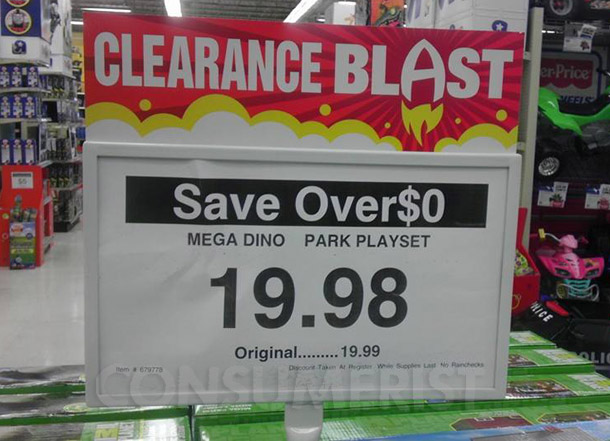
This Toys ‘R’ Us Sign Is True: One Cent Is Over $0
Just because something is literally true, retailers, that doesn’t mean you have to put it on a sign. Especially when you’re advertising a sale that is barely a sale at all. [More]
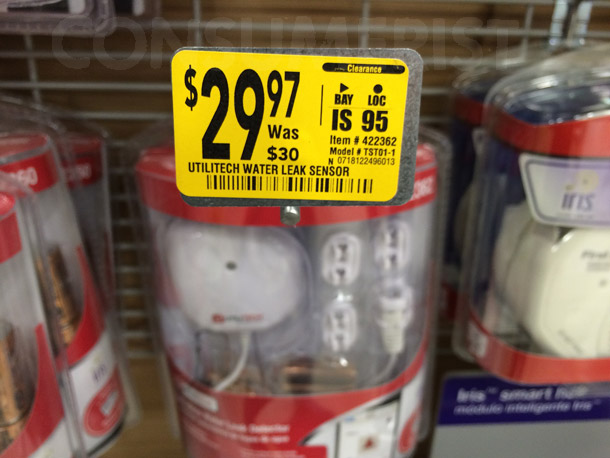
This Flood Sensor Will Fly Off The Shelf Now That It’s Marked Down 3¢
Jon snapped this photo of what he called an “amazing Lowe’s sale” and sent it along. Indeed, it’s pretty amazing, if by “amazing” he actually meant “pointless” and “stupid.” [More]


